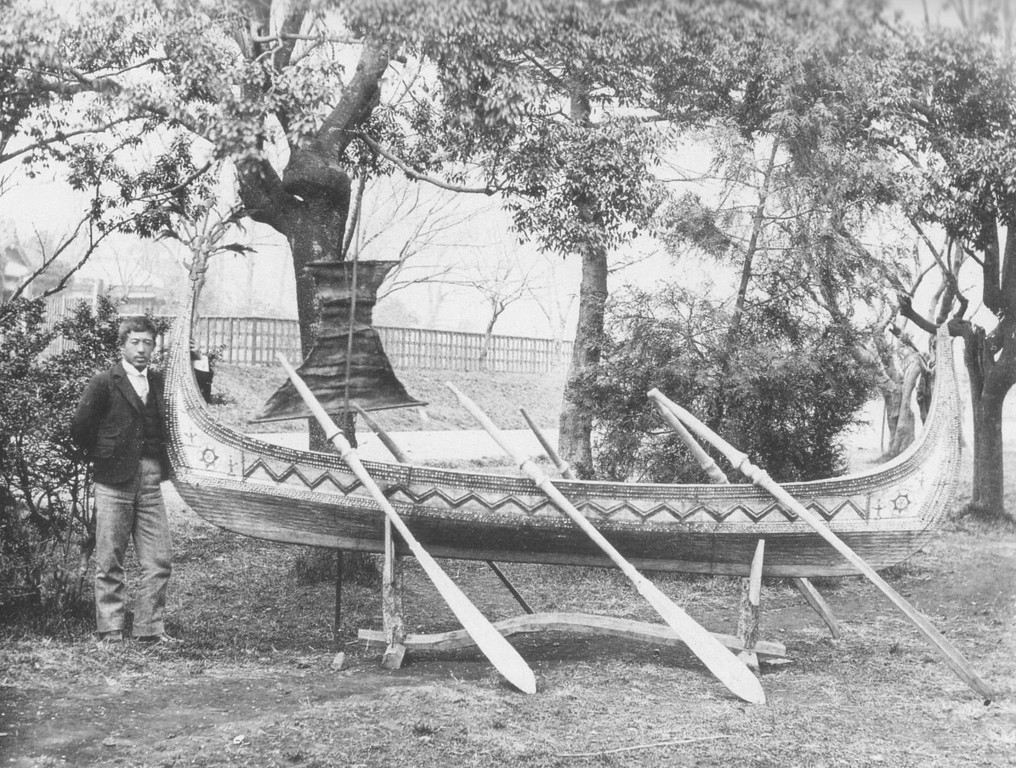
Visual methods in early Japanese anthropology: Torii Ryuzo in Taiwan
In Christopher Morton & Elizabeth Edwards (Eds.), Photography, Anthropology and History: Expanding the Frame (pp. 171-191). Surrey: Ashgate, 2009.
The first photograph I encountered when flipping through a recent Chinese book on Ami aborigines in Taiwan portrays not only the native inhabitants but also the Japanese anthropologist Torii Ryūzō (1870-1953). Among the earliest images of Taiwan aborigines, this 1896 photograph was both ethnographic and historic, taken just one year after the island was ceded to Japan as the result of the First Sino-Japanese War (1894-1895). It shows the twenty-six year old Torii, dressed in Western attire—matching jacket and vest with buttoned-up white shirt, tied silk scarf, trousers, and miner shoes, sitting on the ground with his head down, completely absorbed in writing his field notes. Surrounding the ‘modern’ anthropologist at work are three ‘exotic’ Ami men, who appear in their native costume: large disk earrings, turbans, loose upper outfits, and skirt-like lower garments that expose their chests, abdomens, legs, and bare-feet. They seem to be local helpers or informants, as the man standing on the left is holding Torii’s hat. None of them is paying attention to the camera. All eyes are on the Japanese anthropologist, or more precisely, on what he is writing or drawing. Neither are the faces recognizable, except, of course, Torii in the middle. The caption recounts the story behind this photograph as “taken by Torii Ryūzō who leaves precious images of the Taiwan aborigines during his expedition to Xiuguluan Stream with Ami tribesmen by his side.” It is indisputable that this photograph is the material witness, and the “precious” legacy, of Torii’s unprecedented research on Taiwan aborigines. Yet, what intrigues me is not his exceptional feat but the irony of the picture. The Ami men, the supposed subjects of the investigation, remain nameless and unidentifiable. On the contrary, Torii was and still is the focus, the leading man in this ethnographic tale. If a photograph can reveal more than mere depiction of its subjects, I cannot help but wonder what stories Torri’s visual record may tell, especially about the aboriginal ‘other’ and the anthropologist ‘self’.
To learn more about the article, please visit here.